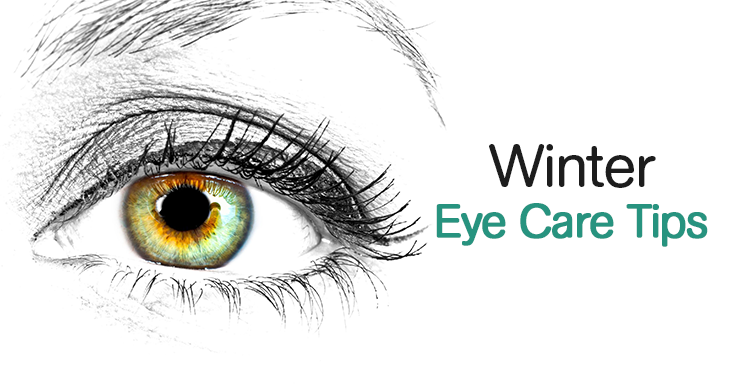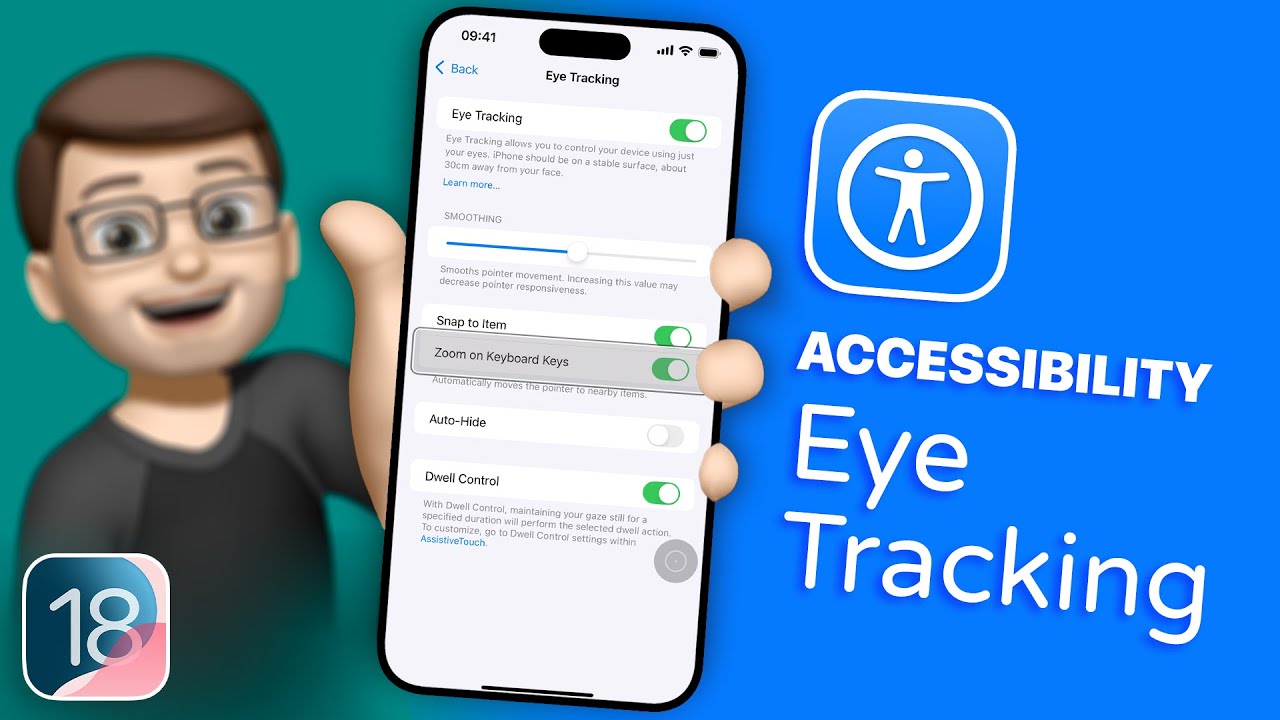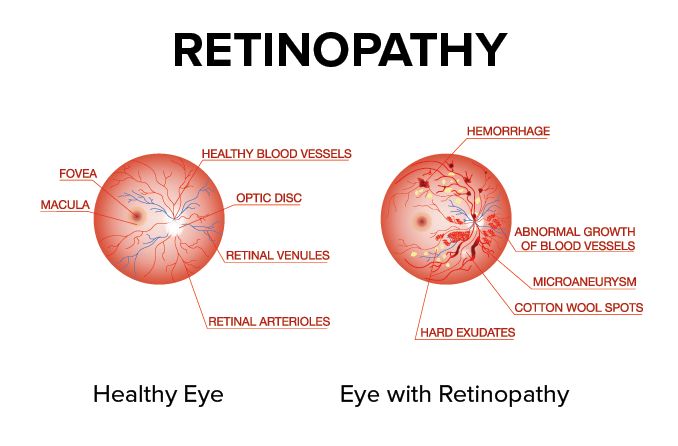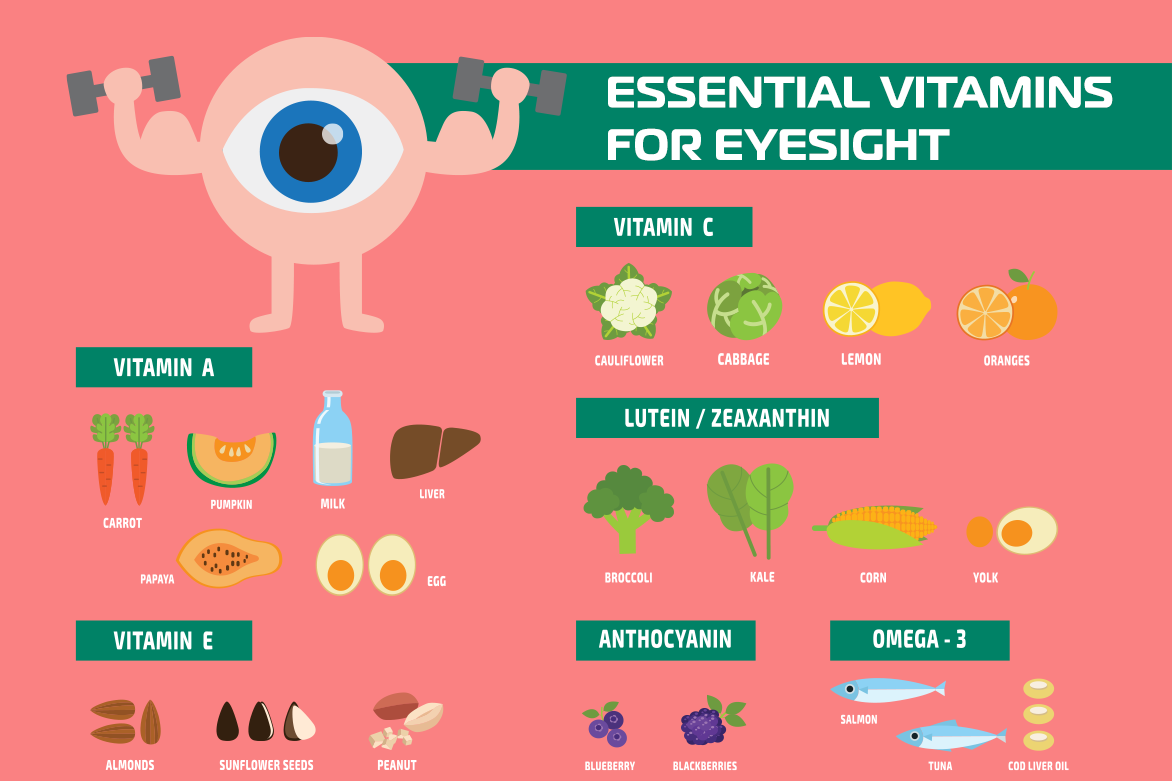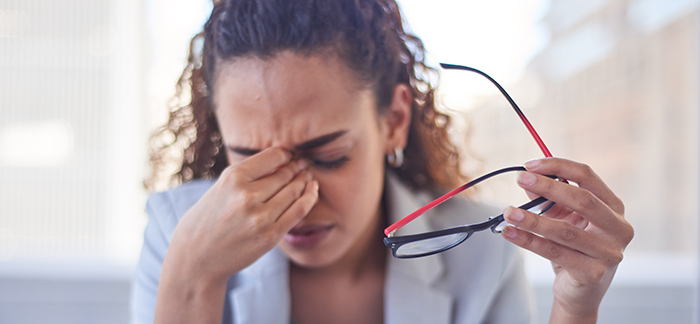Clear Vision in the Winter
Think of winter in cold, crisp days and frigid nights, snow covered trees and icy roads, shorter days, longer nights, sleigh bells jingling, studded tires stuttering, and crackling fires in wood stove.
Battling the cold with layers of wool and winter boots is basically religion in our region, but aren’t you forgetting something?? Those cold, windswept days and frosty nights aren’t doing your eyes any favors, in case you haven’t noticed!
Extended exposure to dry, cold air just isn’t that great for your eyes. On top of that, those days when the sun does decide to peak out from behind those overcast winter skies, the UV reflection off the snow can literally be blinding!
Winter Eyes Working Overtime
Just like your body shivers to create heat and warm your body when it’s cold, your eyes are also working overtime to protect themselves in the winter.
Ironically, your eyes can both be watery and dry almost at the same time in the winter. While cold, dry air and brisk winds dry your eyes, your body tries to compensate by overproducing the tears necessary to lubricate the eye and keep it healthy making your eyes feel watery.
Want to give your eyes a hand? It’s a simple as wearing glasses, sunglasses, or goggles depending on what you’re doing. Protecting your eyes from the elements will go a long way towards keeping them hydrated and healthy.
Even while you’re protecting your eyes from the outdoor elements, the dry, heated indoor air in winter is also taking its toll. Help your eyes stay hydrated and healthy with eyedrops and humidifiers whenever you can.
Indoor And Outdoor Vision
We sometimes forget that the sun does shine in the winter and can be even worse for exposed skin and eyes than it is in summer. Nearly 90% of the sun’s ultraviolet radiation reflects off the snow-covered landscape! That UV both poses sunburn risk to any exposed skin and increased eye damage to unprotected eyes. Squinting and blinking is going to do the trick. Your eyes are clearly crying out for sunglasses, so do them a favor!
Ultimately we do spend a bit more time indoors in the winter, which both means that dry, heated air and often extended time staring into screens. Allowing yourself some needed time to decompress and unwind in winter with more sleep can be great for your eyes, but falling to far into that deep blue-light black hole of screens might not be the best idea.
Quality Time, Quality Vision, Quality Eyecare
Winter is about taking advantage of all the quality time outdoors you can only have in the snow, and the kind of downtime that you can only embrace when the sun goes down at 4:30pm.
While leaning into the snow, the slopes, and the sofa, remember to take care of your eyes and make that eye doctor appointment while things are running a little bit slower. Your eyes are still working 24/7!
Read More